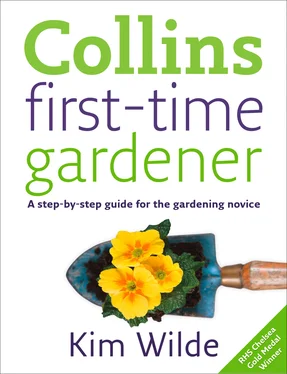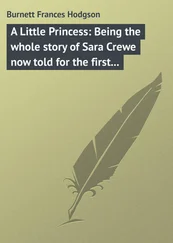Stachys byzantina (lamb’s ears)
KIM’S TIPS
There are 10 million people in Britain who suffer from hay fever or have asthma, both of which are triggered off mostly by pollen. This can occur in spring, summer or autumn and makes the lives of sufferers unbearable.
Grass pollen is one of the main culprits, so if you suffer, you should definitely think of eliminating lawns and replacing them with hard landscaping such as bricks, setts, gravel and decking as well as planting a selection of low-allergen plants.
Many hedges too can produce pollen and should be replaced with low-allergen climbers or shrubs (see left).
Latin names
It can be very confusing when you first go to your local garden centre and are faced with long, difficult to pronounce Latin botanical names. However, they are used for good reason. Botanical Latin is like an international language used worldwide by botanists and plant enthusiasts. The method of naming was standardized by an eighteenth-century plant collector called Linnaeus.
While one plant may have several common names, it will only ever have one Latin name, which will also be the same worldwide. It helps if you can get to grips with some Latin names, as it avoids confusion when buying plants, or finding out more about particular plants.
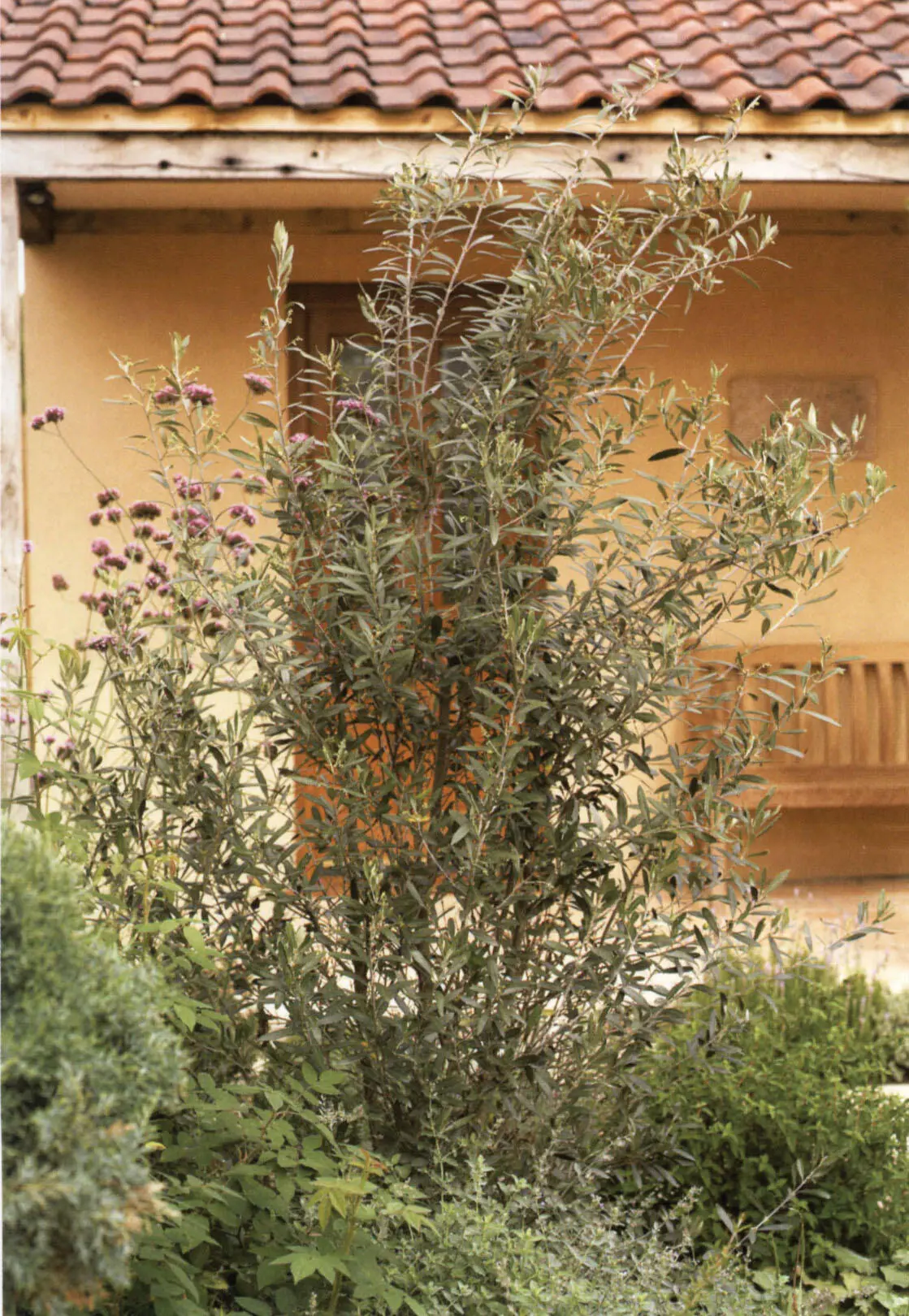
The olive tree, Olea europaea. Quite often the species name refers to where the plant has originated. In the case of the olive tree, it’s clearly Europe.
Understanding Latin plant names
All plants are classified into family groups, which have:
• Family name,referred to as genus (or genera if plural), the Latin word for ‘family’.
• Species name:Within a family group of plants there will be differences in the plants, and these are the different species. This is the second part of a botanical name and it is called the specific name.
So, if I was a plant, my name would be Wilde kim! The first part of my name indicating my family, and the second part me as an individual.
So the olive tree is Olea europaea. Olea is the family name, or genus, and europaea the specific or species name. Sometimes a slight difference is discovered within a species and it is given an extra name to denote this. For instance, a variety of olive tree that had larger fruits and smaller stones was named ‘El Greco’, so its full botanical name is Olea europaea ‘El Greco’. It is normal for Latin names to be written in italics, and any ‘extra names’ to be put into single quotation marks at the end.
Part 2
PLANNING YOUR GARDEN
When I first started gardening I remember feeling totally overwhelmed with the whole subject, yet at the same time I thought that slowly but surely it would start to make sense if I just had a go. I’ve since realized that although a positive approach is always the best one – after all, gardening is an intrinsically optimistic pursuit – you do have to have a plan. A good, well-researched approach will help you to create a garden that reflects your requirements and tastes, and you’ll soon discover, as I did, that planning a garden is as exciting as making one.
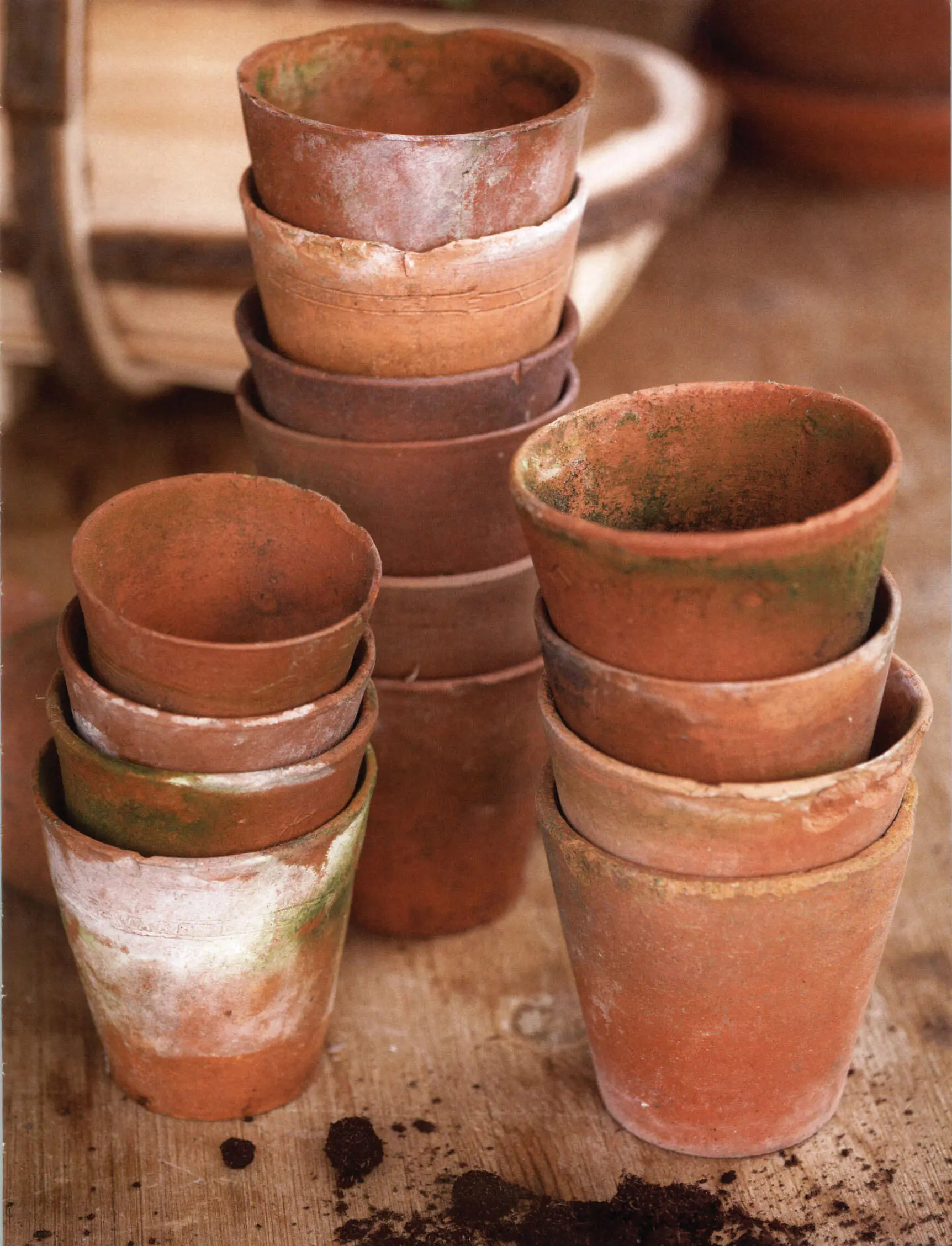
Assessing your requirements
At first, the thought of tackling your garden properly may seem a daunting task, but this is where careful and considered planning comes in. Rather than rushing to sort out a small area of garden, and then deciding which bit to do next, it is much better to make one overall plan for the whole garden. After making a complete garden plan you can then gradually work through elements of it in your own time, and in a methodical way. This approach will also allow you to implement your garden design in separate stages. Not least, it will allow you to implement each stage as your budget allows. You can then plan for the expenditure required and fit your garden projects to your budget. Even if you only have a small budget available, there are still changes and improvements that you can make to any space.
Enhance what you already have
First, have a good look at your garden and decide what works, what you like that is already there and what you may be unhappy with.
Overgrown areas:Depending on the variety, many overgrown trees or shrubs may be partially cut back and rejuvenated, retaining some height, maturity and privacy. Quite often wall shrubs and climbers may get out of control and fall out from the wall; cutting them back and tying them in is the answer here (see here). Large shrubs may have sprawled across a lawn and need removing or cutting back, too, and large trees could have their lower branches removed to allow more light and air into the garden; this is one job for a qualified expert.
Hard landscaping:As hard landscaping is expensive, it’s worth looking at any existing paving to see if it could be retained. Old paving slabs may be pressure washed to make them look like new again, repointing can make a great difference, too. Paved areas could also have their shape changed by removing some slabs (for instance, taking out the corner slabs from a square or rectangular shape), perhaps replacing them with plants. Scrape away old, dirty gravel and replace it with new. If you have a large expanse of gravel or chippings, try planting evergreen shrubs or grasses to break up the expanse.
Old fences:Old fences can sometimes be repaired, saving further expense, although old fence panels are best replaced. Fence panels are often made from poor quality, thin timber strips and just don’t last that long. Carefully remove them leaving the posts, which, if still stable, can carry a new closeboard style fence. Closeboard, or featheredge fencing, outlasts fence panels by years and creates a fence that I find more attractive, more robust and secure, and much easier to maintain than panels. A closeboard fence is also easy and simple to construct even if you only have basic DIY skills (see here).
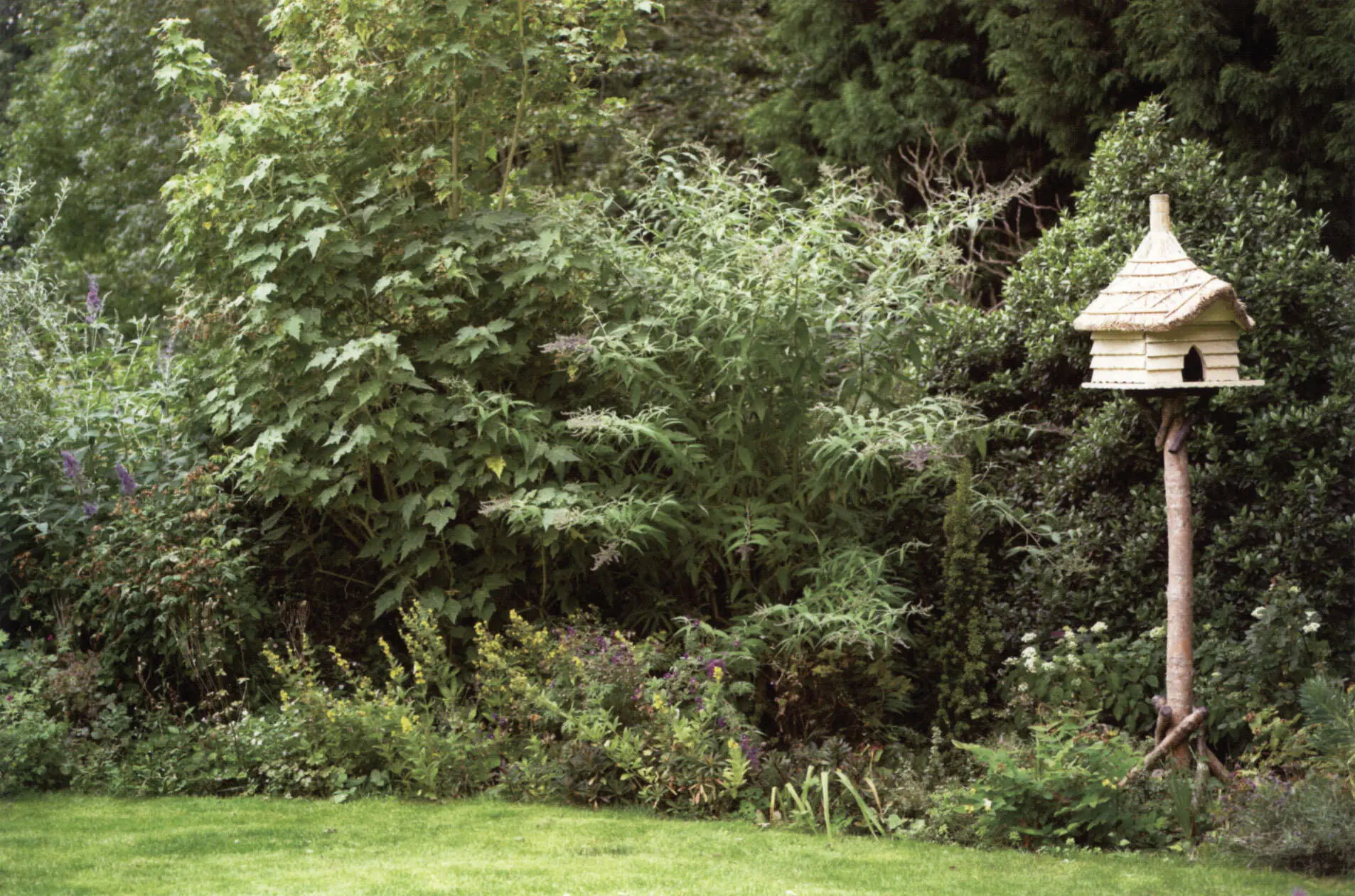
If you have a border that contains some mature shrubs, they can be cut back and rejuvenated if you want to keep them. It wouldn’t take long to get these shrubs back into shape, giving a much more coherent feel to the whole aspect.
Developing your ideas
If you have a generous budget to spend, you may wish at this stage to consider employing some professional help and advice. A good garden designer will be able to plan your garden to fit your needs, and money spent on this initially may save you making an expensive mistake in the future. Try to get a recommendation for a good garden designer from a friend or neighbour. Word of mouth based on personal experience is so much more useful than simply picking a business card pinned to the garden centre noticeboard.
Costs can be minimized if you wish to engage the garden designer for an advisory visit only. But always be sure that you ask for an explanation of costs and that you know what to expect from any visit that may occur afterwards.
Choosing a garden style
Just as your own home will have a style of interior decoration, so your garden should have a particular style too. The look of a garden is partly influenced by where you live and the range of plants that will flourish in your climate. In England, a cottage garden style is very popular, whereas in Northern Australia obviously a tropical garden is more appropriate – but that’s not to say you can’t create a ‘tropical’ garden in a temperate climate or achieve a cottage garden style in Australia.
Читать дальше
